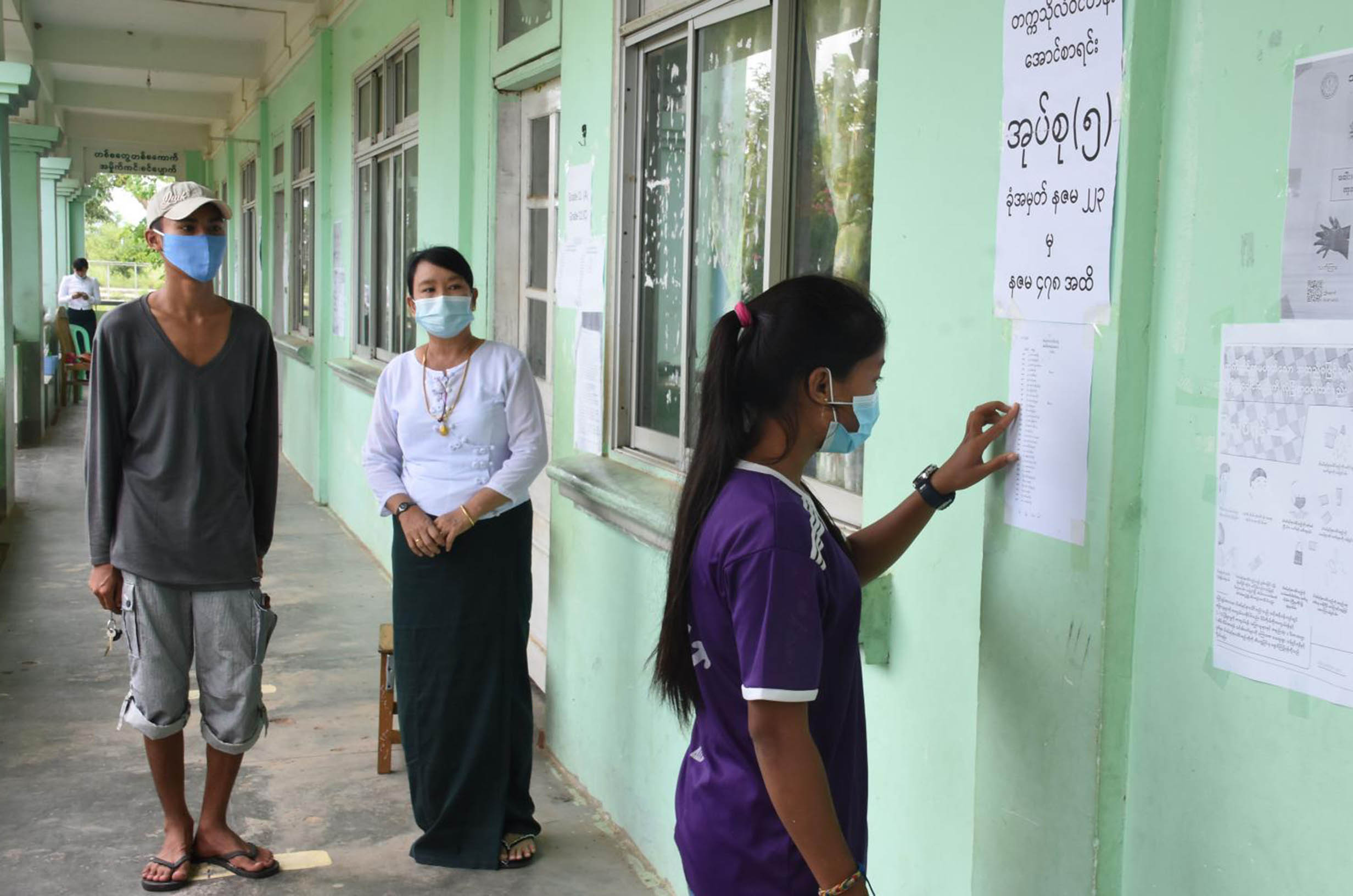August 11, 2020
The Matriculation examination results are out and so are the criticisms. Objectively speaking the Matriculation system is necessary as a gauge to find out who has attained a level of education suited to pursue higher education in Myanmar Universities and Colleges. It’s also the least level of education required by many employers for entry into an occupation where the skills of reading, writing and making simple calculations are a necessity.
Of course considering the number of candidates who took the examination (about ten lakhs) and their dispersal all over the country, setting up examination centres and conducting written examinations to assess the level of learning is probably the best way in the context of our country’s education system. It’s quite a “big undertaking” though!
The objective assessment of level of learning is rather difficult to make in the written examination system. If not designed to bring out the learning and understanding of the subject, it may very well be reduced to assessing the level of memorising the learning content. The Examination Board has been trying to change to questions which assess learning instead of memorizing. But of course all the “nitty-gritty of learning” such as memorizing “the Numerals”, “ the Alphabets,” “Multiplication Tables”, “Terminology”, “Formulae”, “Dates of Historical Events” and so on can’t obviously be done away with unless we are ready to enslave ourselves to our “laptops” and the internet. The setting of examination questions are of course dependent on the “Curriculum” and “Teaching Methods” as well. Sadly both can’t be changed easily. It will take some time to change both the process of “Teaching” and “Assessment” both of which are now being undertaken at the initiative of the MOE.
About the percentage of “passes”, it is roughly 25% to 32% , the higher figure is for the large cities and towns and the lower figure for the “districts”. That’s not surprising as the schools and “Learning Delivery Systems”, are much better in the larger cities and towns than in the “districts”. The pass figures indicate that about two lakhs students are eligible to attend higher education facilities which offer degree courses, particularly those seeking admission into the ”higher education facilities” regulated by the Ministry of Education. The private sector degree awarding Universities and Colleges either resorts to the Matriculation results or have their own entry requirements.
Out of the two lakhs, hardly half can get admission to the Government universities and colleges of their choice as “day students”. A large proportion of the matriculates become students of the MOEs “Distance University”. They seek employment if they can while “attending” the Distance University courses. However many are satisfied with being Matriculated as it is a “formidable” hurdle to overcome and they just join the family enterprise instead of pursuing higher education.
Quite a number of the “matriculates” enter the public sector technical and vocational education stream. Many seek vocational training in the Non-formal education sector. These include the various skilled workers and technician training facilities of the various ministries or the private sector schools and training centres.
About the “failures”; not everyone can pass the Matriculation at the first attempt. Hence a large proportion of the failures would be making preparations to appear for the examination the following year. If, as is being heard, the failures would be given “certificates of completion” it would help them seek entry into vocational training schools or institutions where the entry requirement is below matriculation pass level. They could also seek employment where the entry requirement may similarly be “up to Matriculation level”.
Anyway, we should try to live with the Matriculation system until and unless we can find a better one. Perhaps with the rapid acceptance of “online learning” it may be that we could, sometime in the future when practically more students have access to the Internet, combine physical attendance at “schools” with “home learning” over the internet. That way we would also reduce the number of hours of attendance at schools and hence increase the number of students they can take in.
With charity to all and malice to none.



